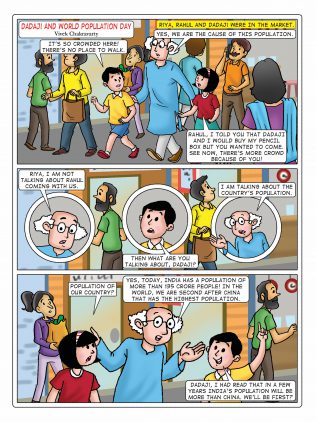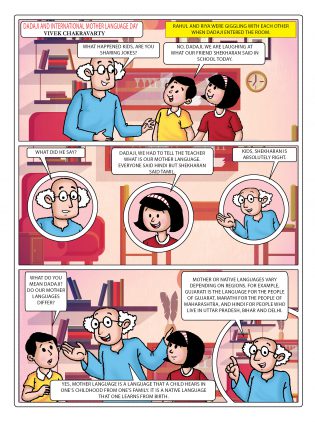

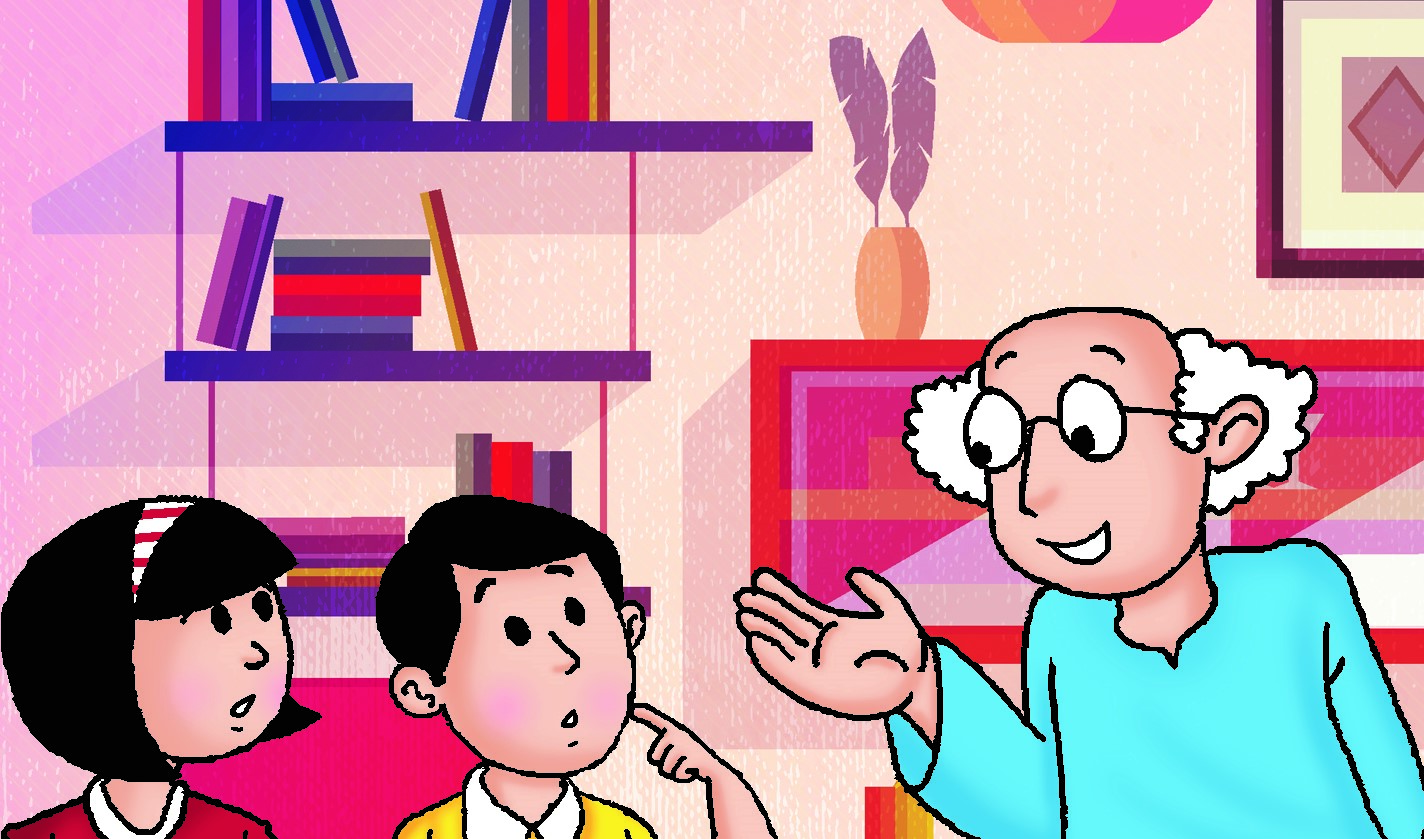







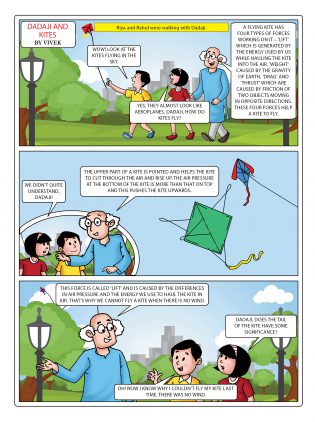
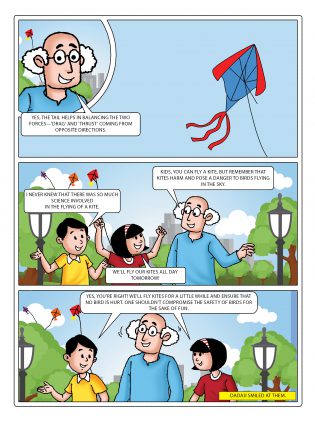
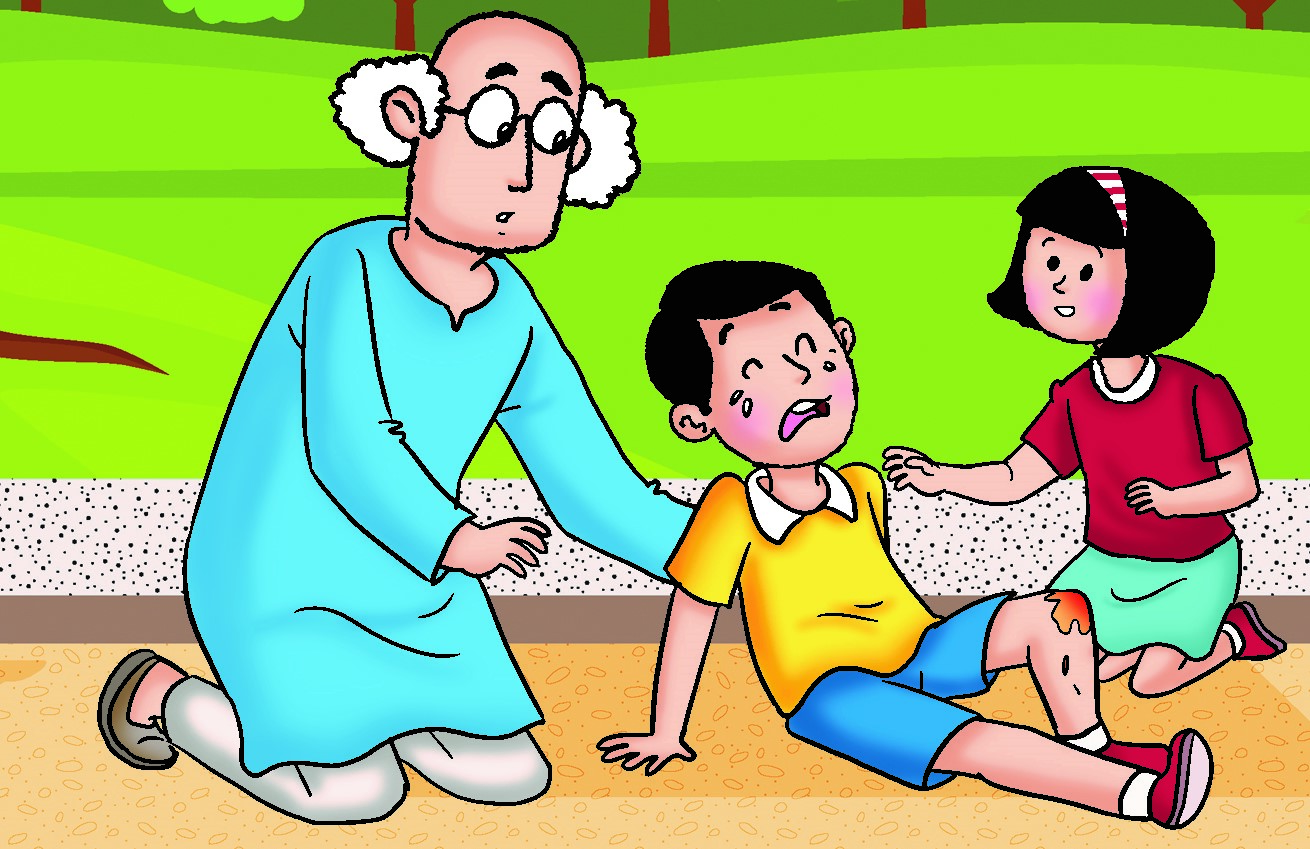
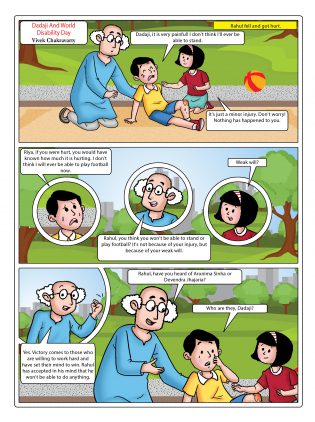
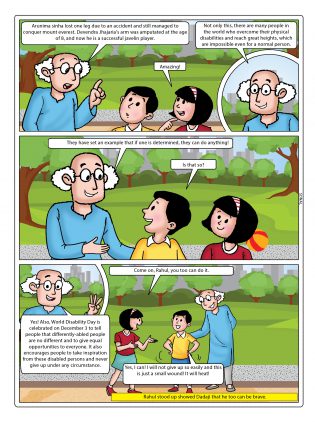



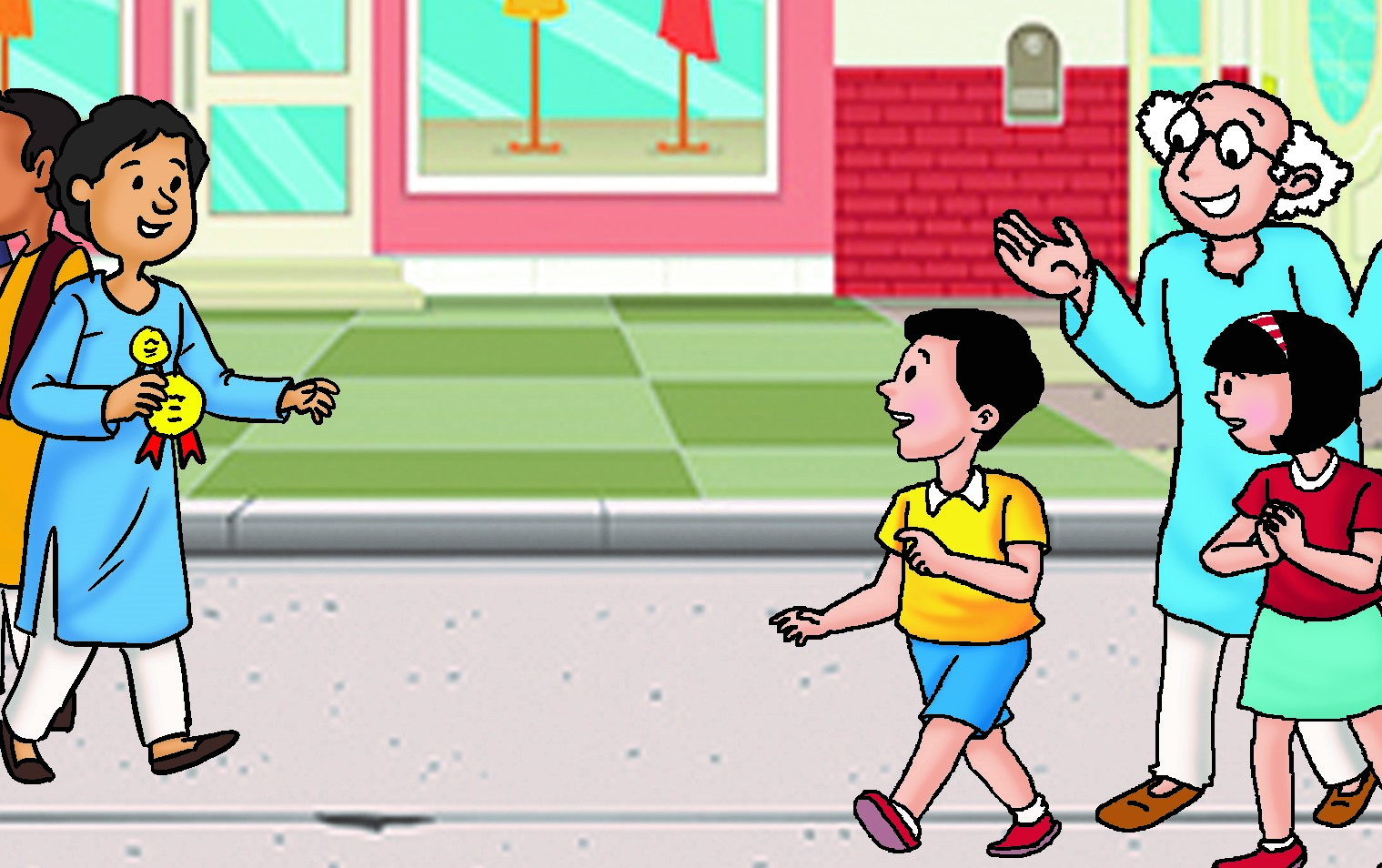




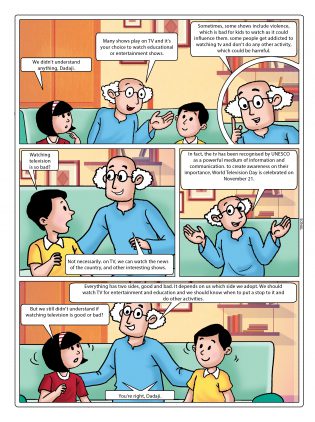
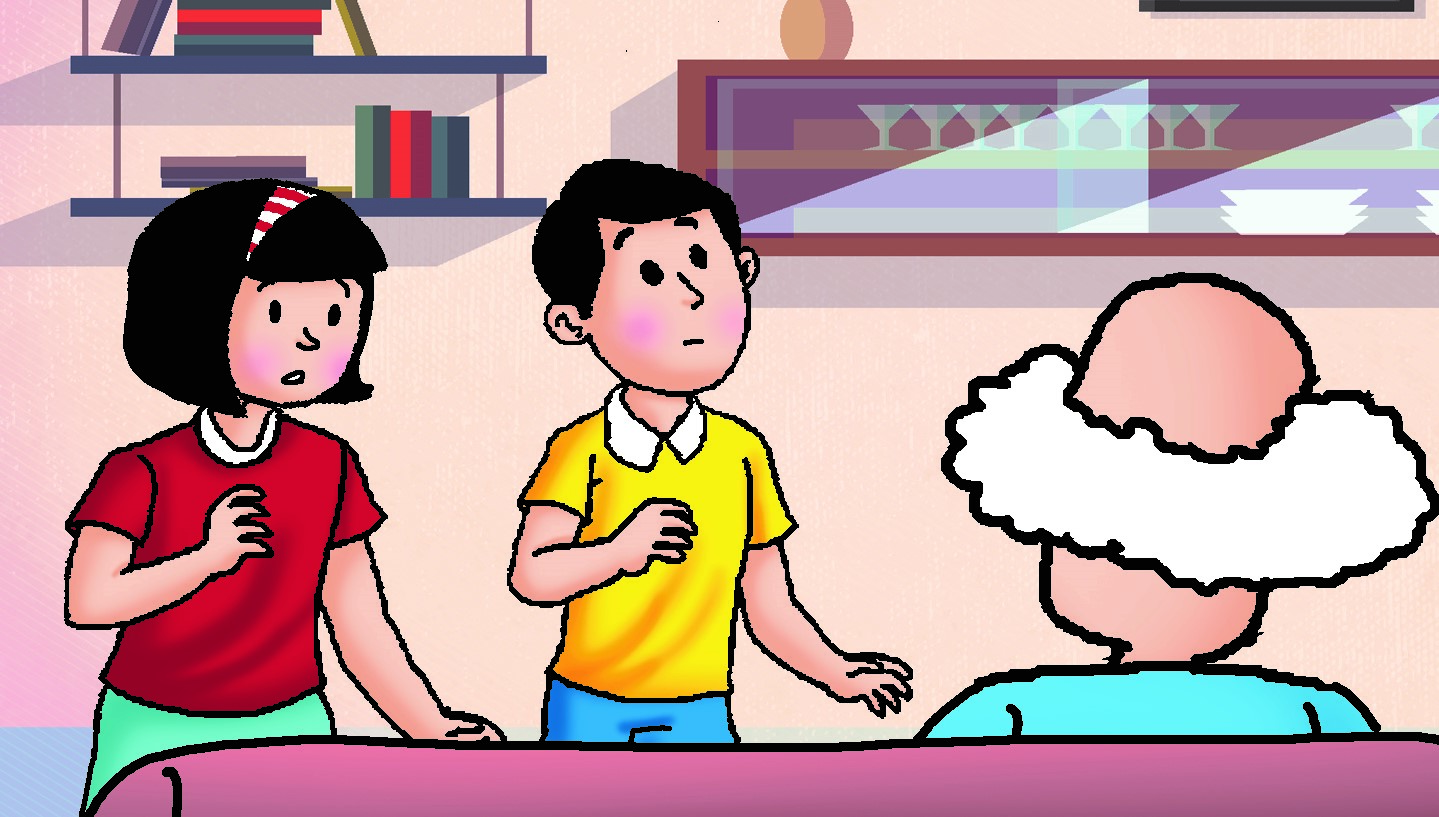
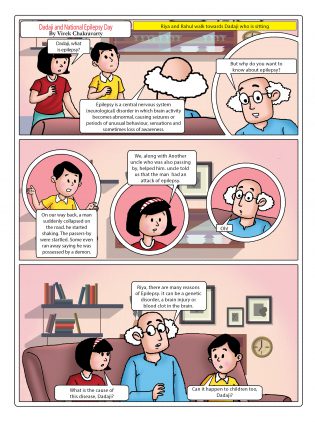
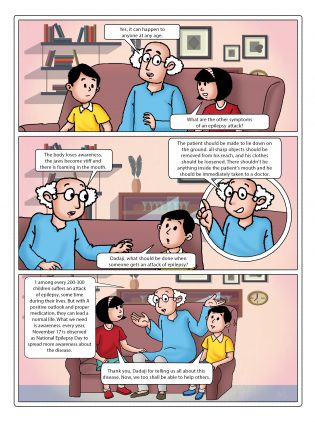
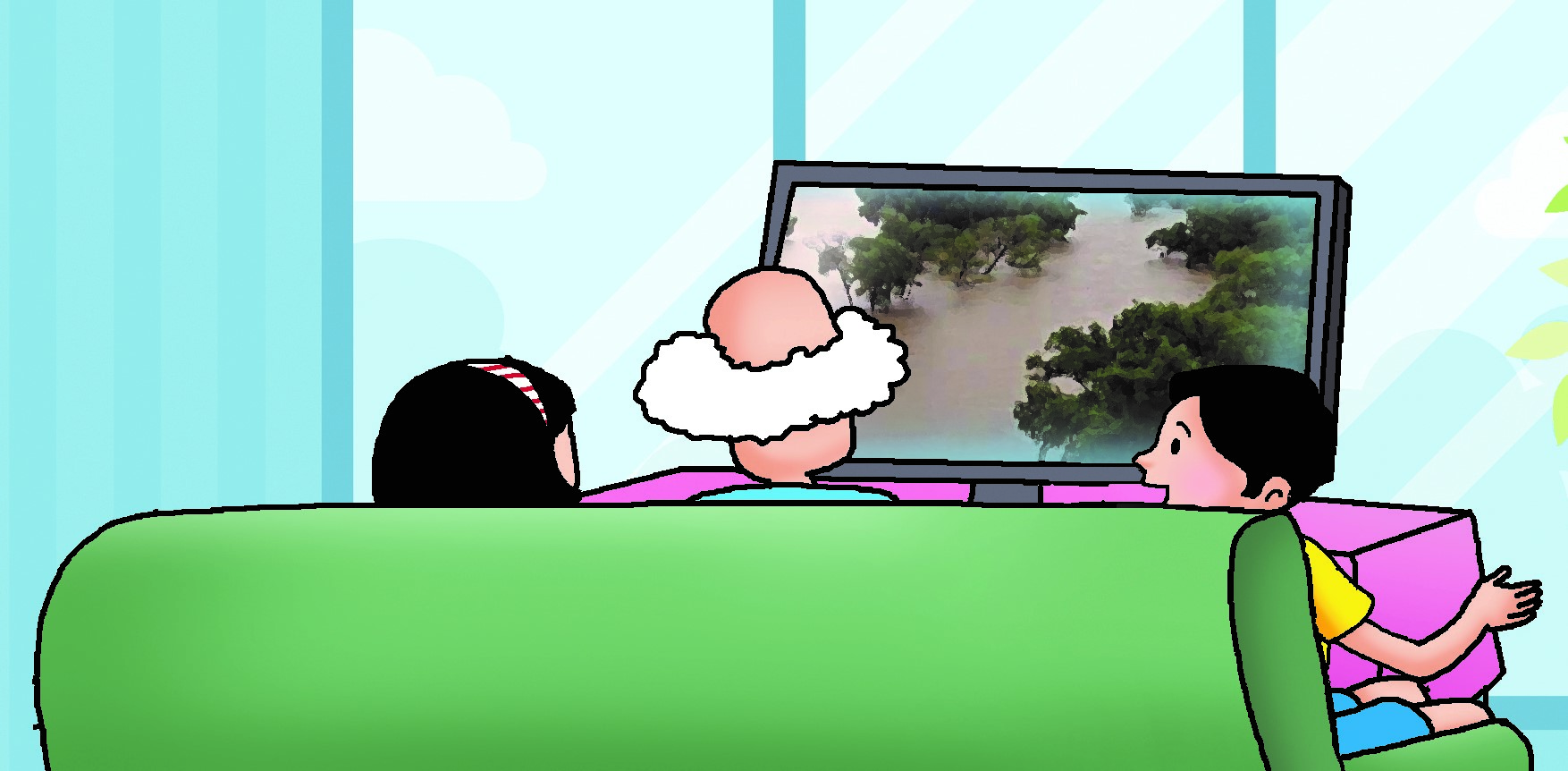






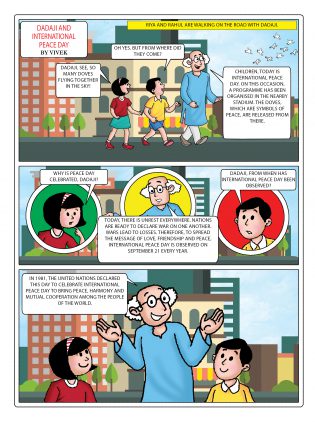




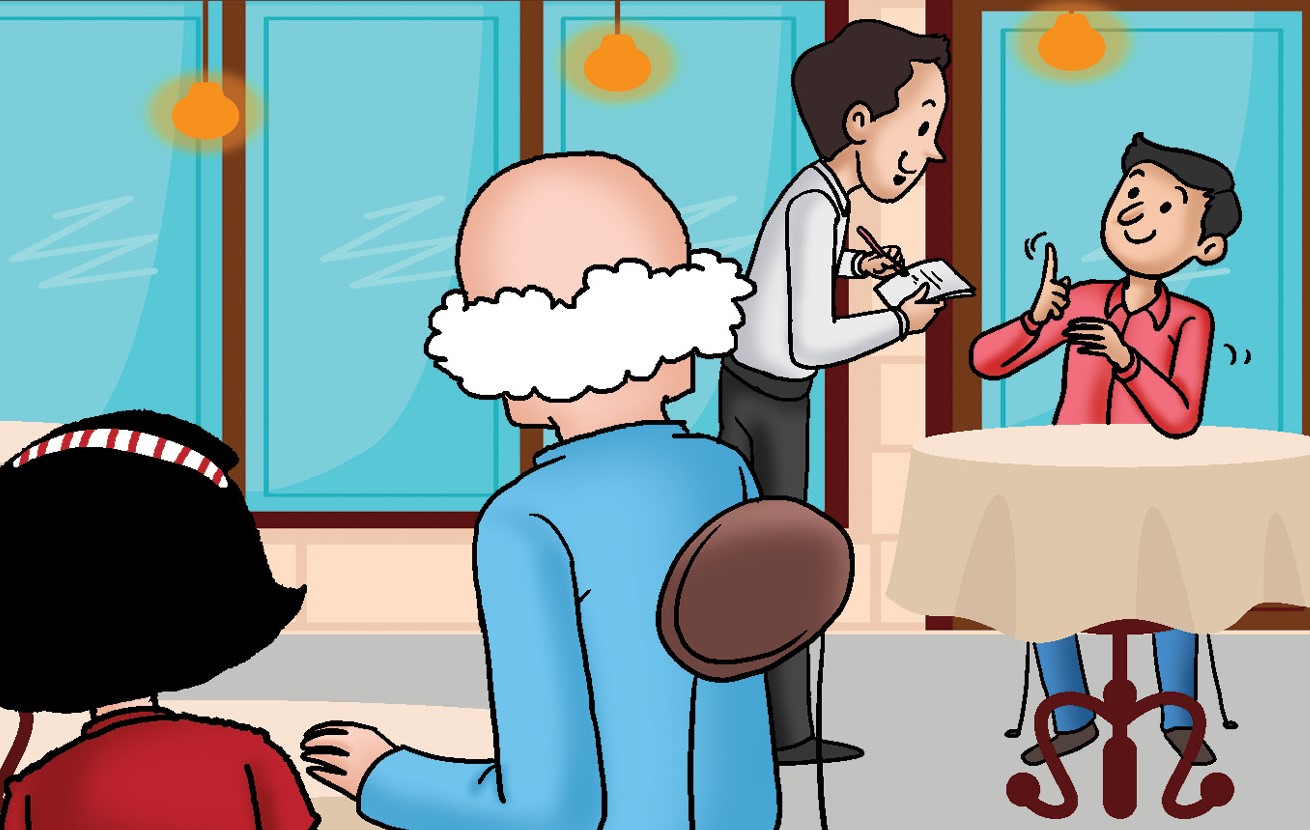





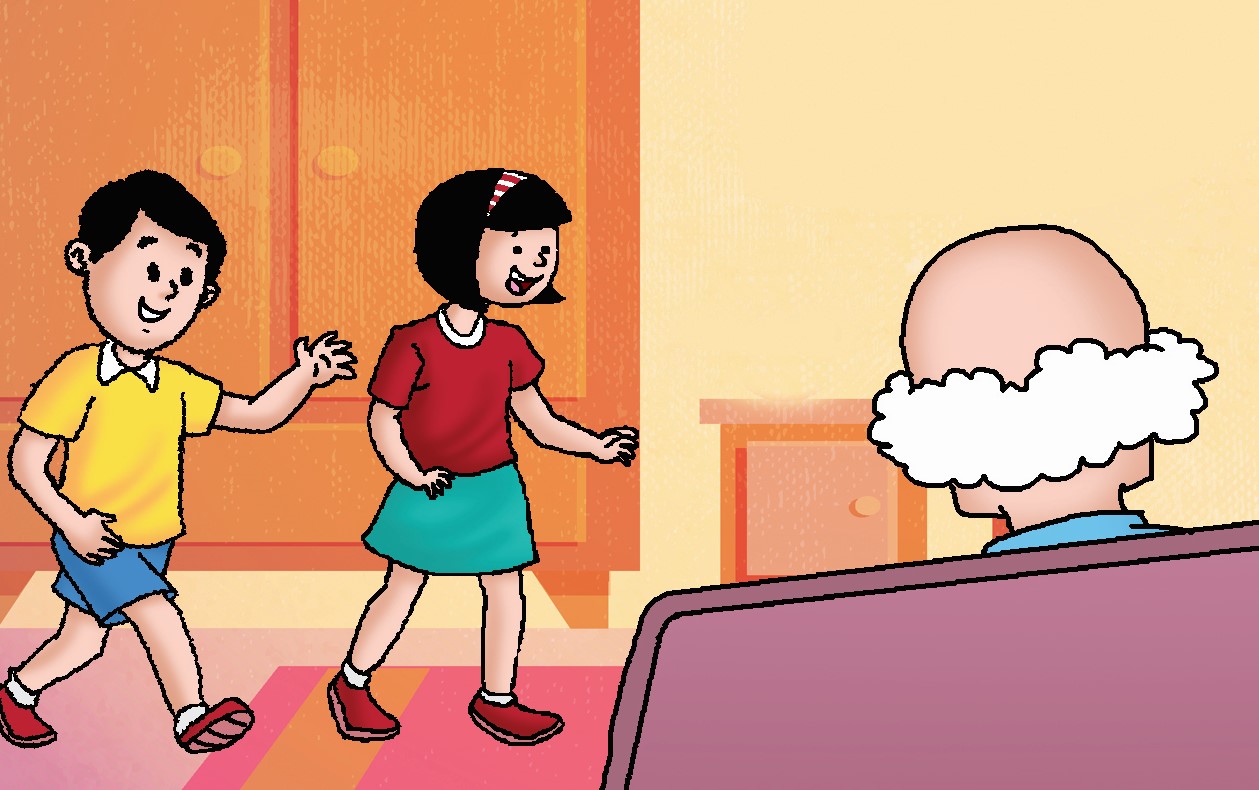

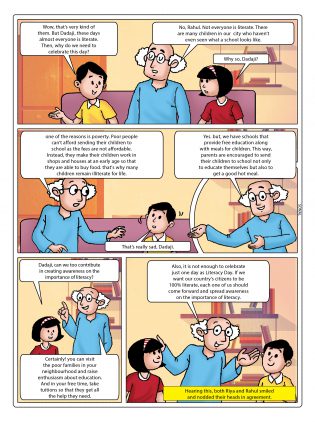
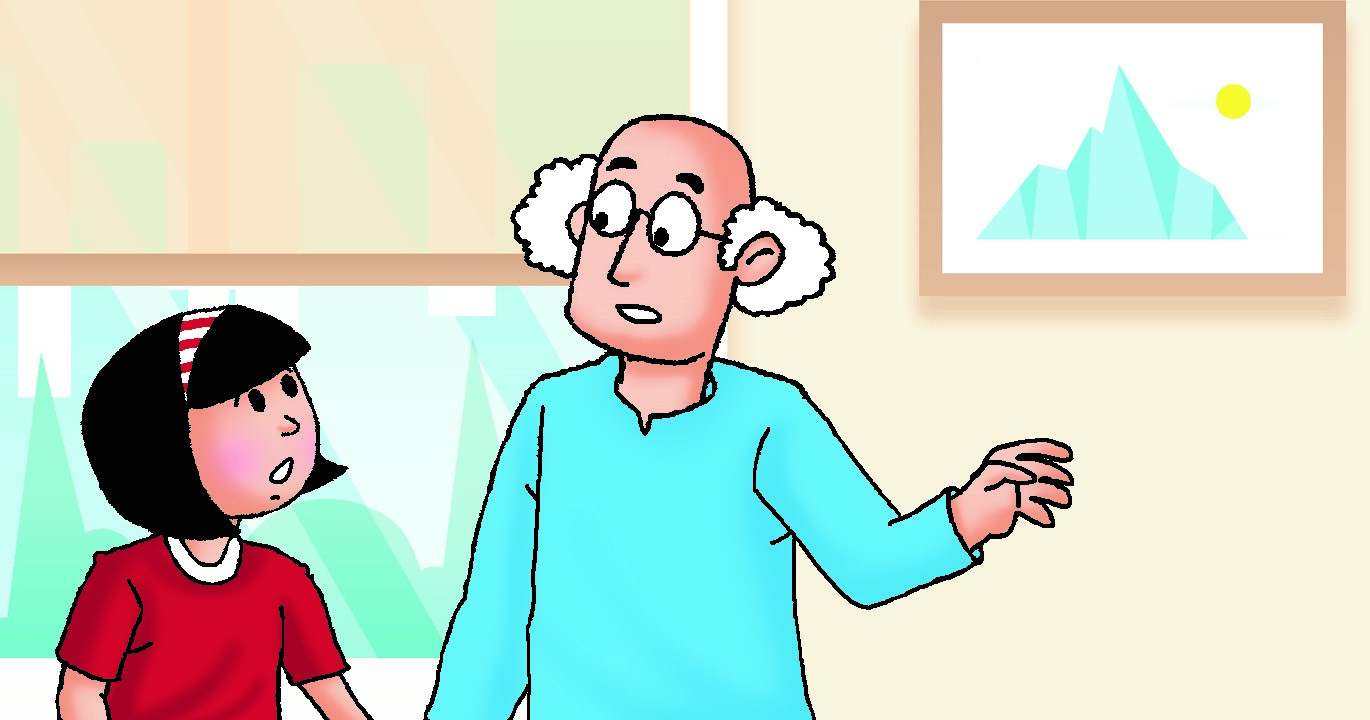





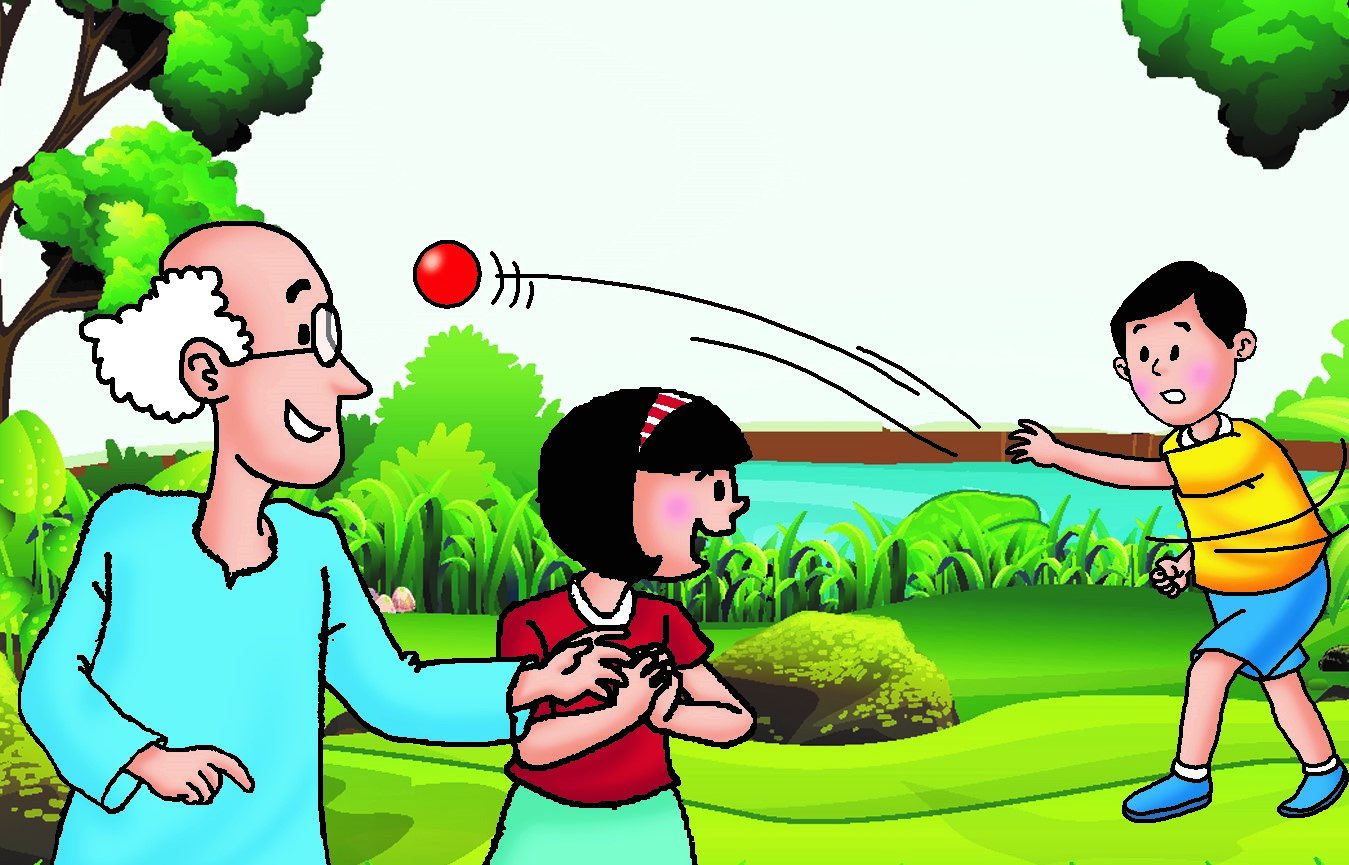
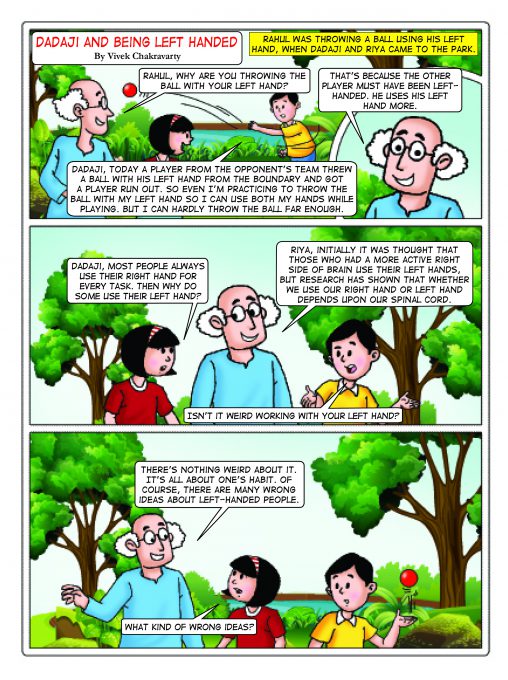

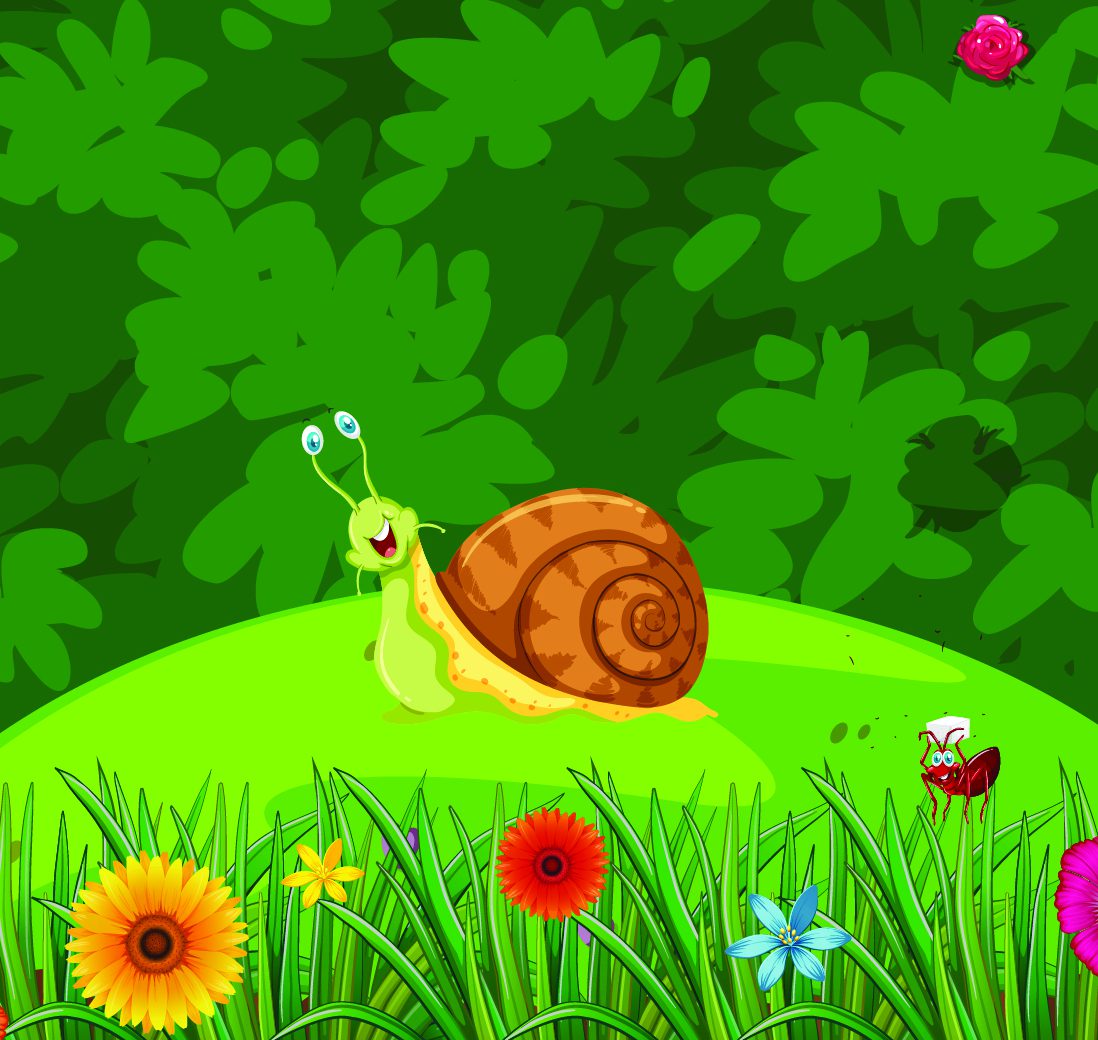
Humans grow hair, nails due to the presence of keratin in our body. But one thing that we can’t grow is a pair of eyes! However, land snails unlike us, re-grow their eyes, if damaged.
Most land snails have eyes on the ends of their two upper long tentacles. The head has one to two pairs of tentacles which have the eyes at the tips. These tentacles can regrow if severely damaged and if a snail’s eye is cut off, the antennae can regrow a new eye when the antennae grows.
Snails don’t have a clear vision, but can detect changes in big and light objects. If you place a finger in front of the snail’s eyes, it can sense it and will instantly retract or draw back its eye into the tentacle to protect itself.
The Giant African land snail is known to eat more than 500 different types of plants.
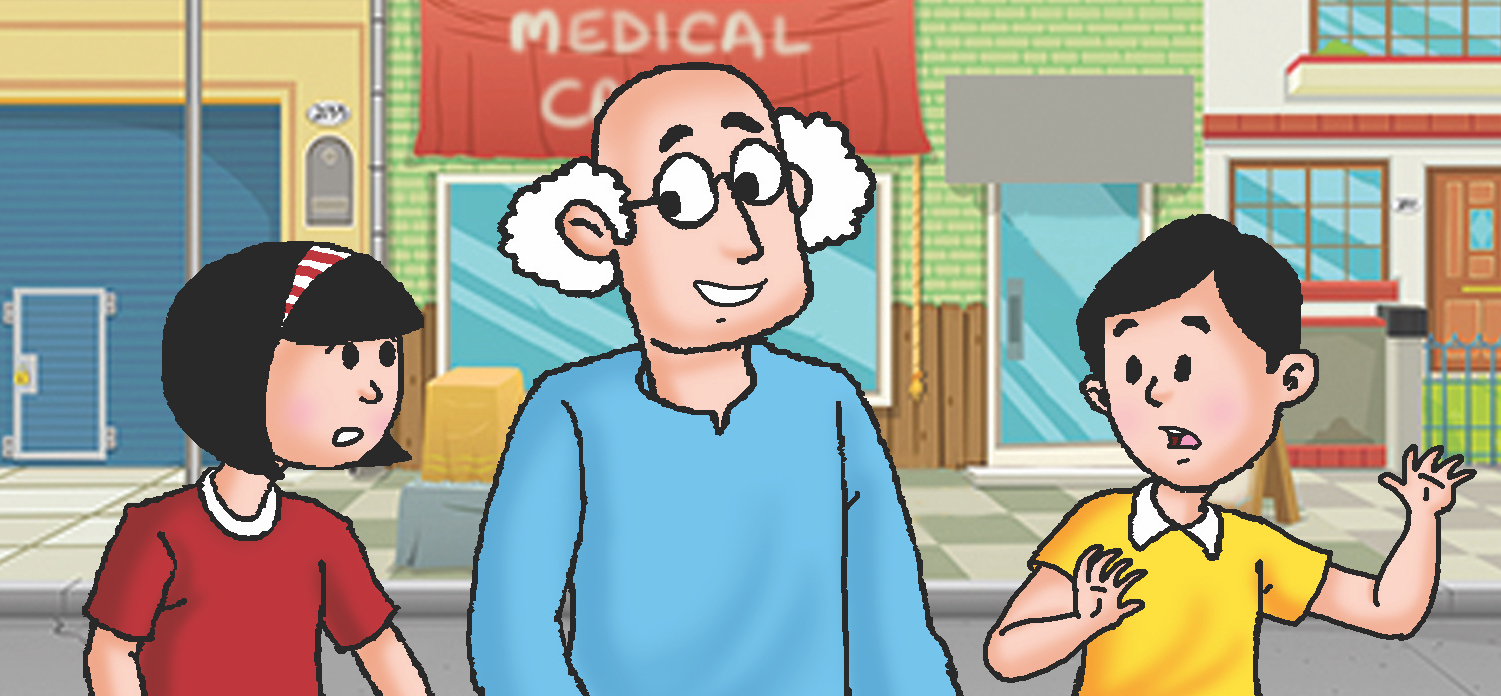
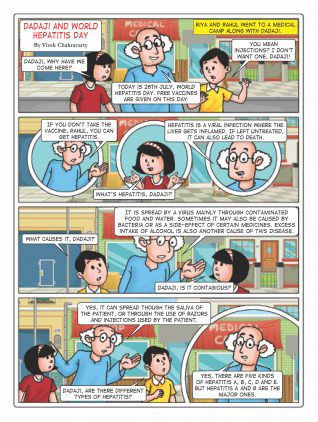

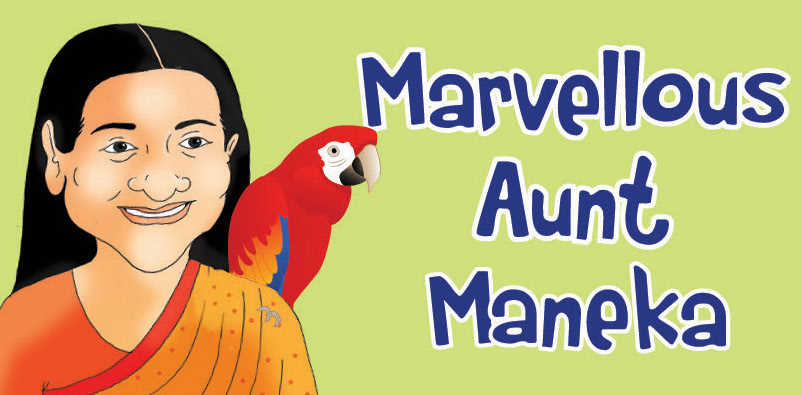
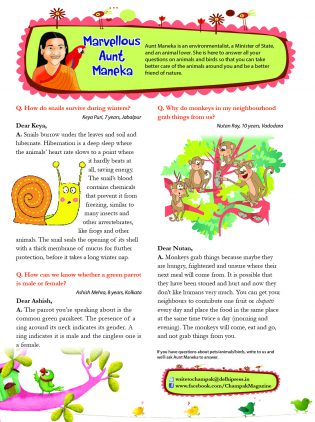

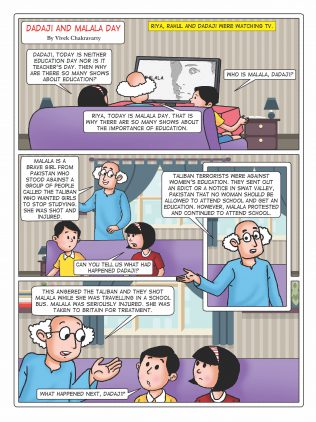
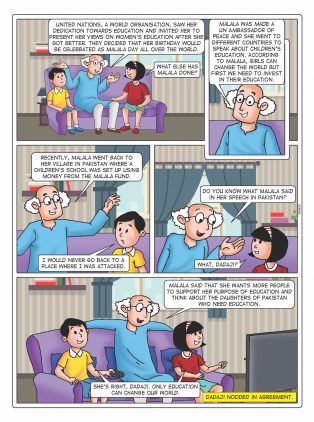
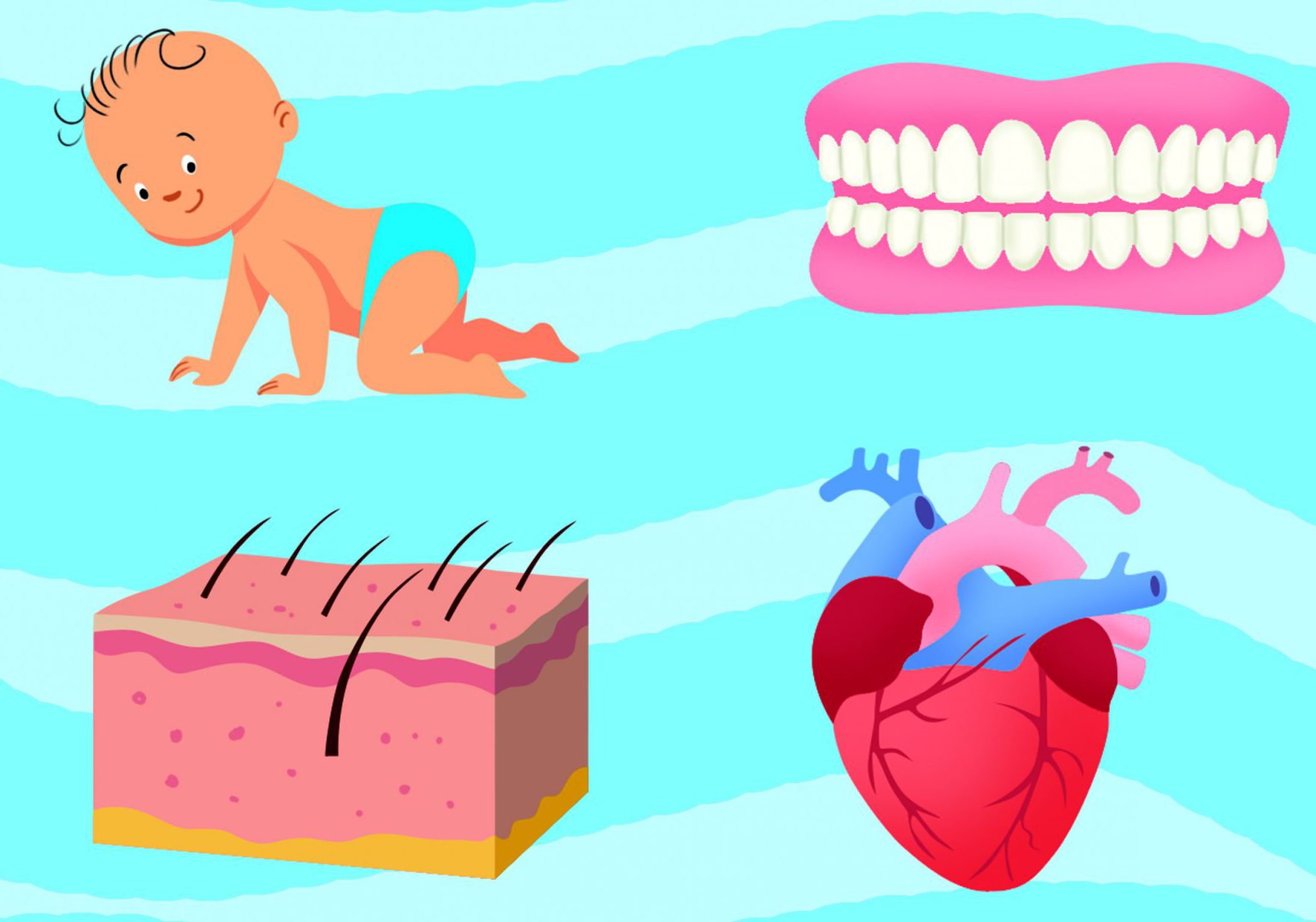
Doctor’s Day is celebrated to recognise the contribution of physicians. In India, it is celebrated on July 1, the birth and death anniversary of Dr Bidhan Chandra Roy—the most famous physician in the country.



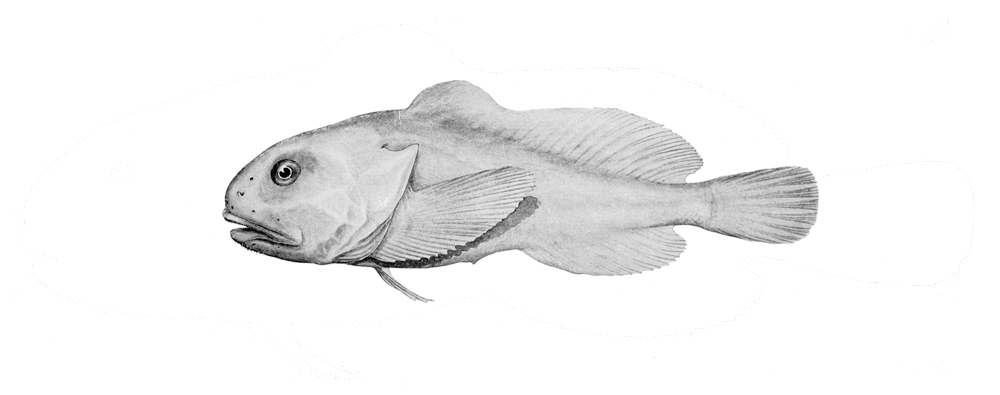
When we humans stay underwater for too long, our skin changes its appearance. It begins to look pale and wrinkly. This is because water is not our natural habitat. This is exactly what happens to blobfish.
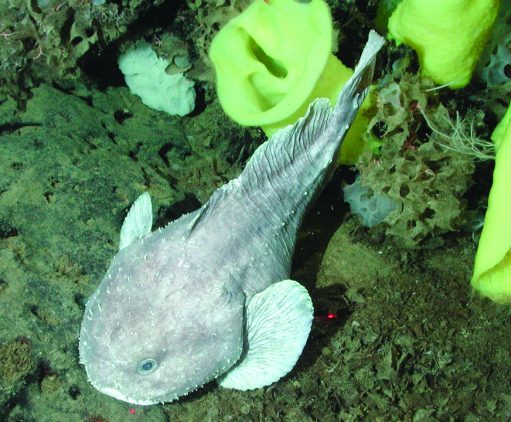
This is how blobfish look when they are deep in the ocean.
These creatures live off the coast of Australia, somewhere between 2,000 and 4,000 feet beneath the waves. Here, the pressure is up to 120 times higher than the surface.
Fish that swim in this high-pressure area have a swim bladder, which are sacs of air in their body that help them swim without cracking their bones. However, blob fish don’t have a swim bladder. Their bones and body are soft like jelly so
they don’t crack under pressure. Hence, they are able to swim deep in the ocean. The water pressure keeps their muscles tight, making them look like ordinary fish.
But when they are taken out of their natural habitat and bought up to the surface, the pressure drops, making them look saggy and droopy. This is why they are also known as one of the ugliest fish in the ocean.
Blobfish don’t have teeth. They don’t hunt and keep their mouth open to swallow crabs, sea urchins and shellfish.



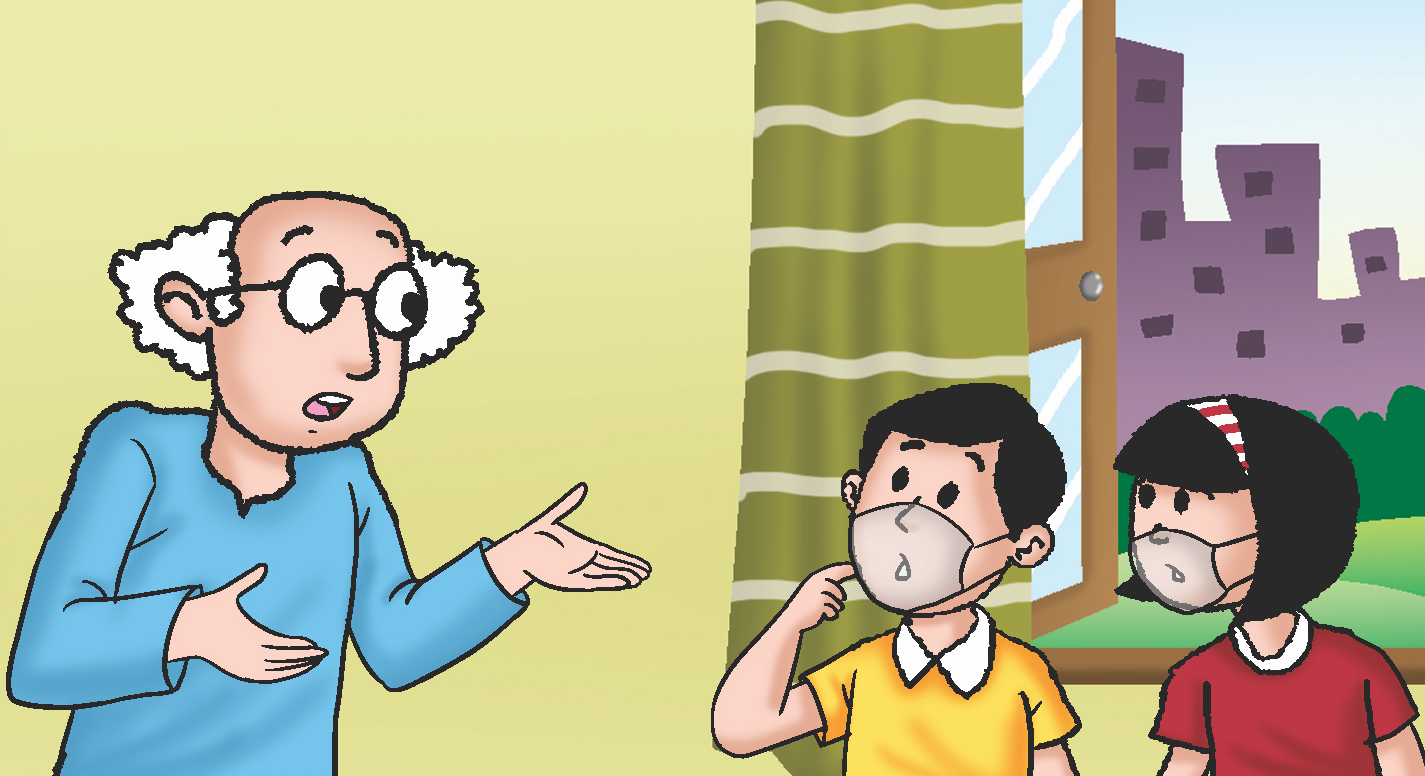


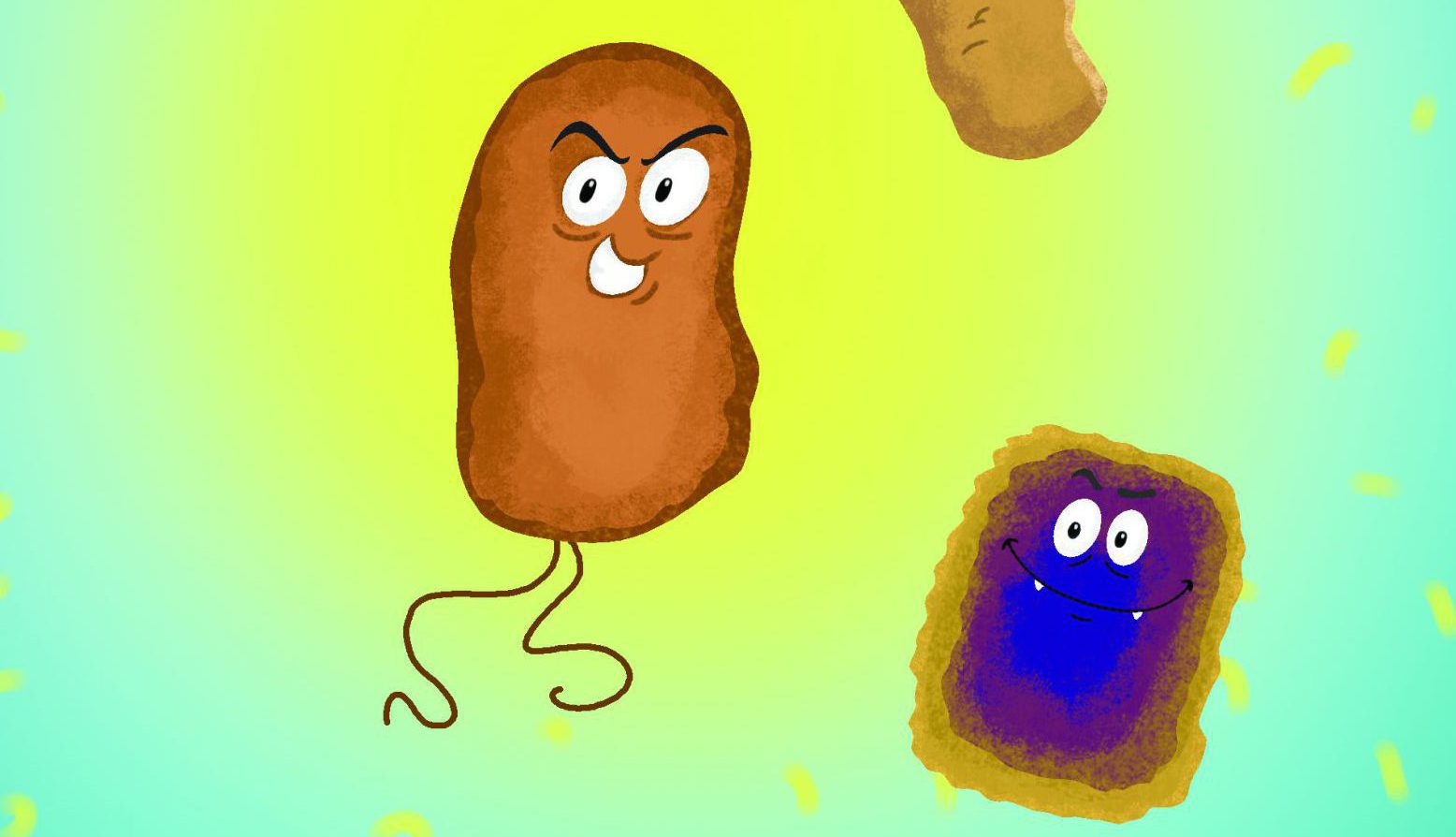
On July 6, World Zoonoses Day is observed. Zoonoses are infectious diseases that can be spread from animals to humans and vice-versa.
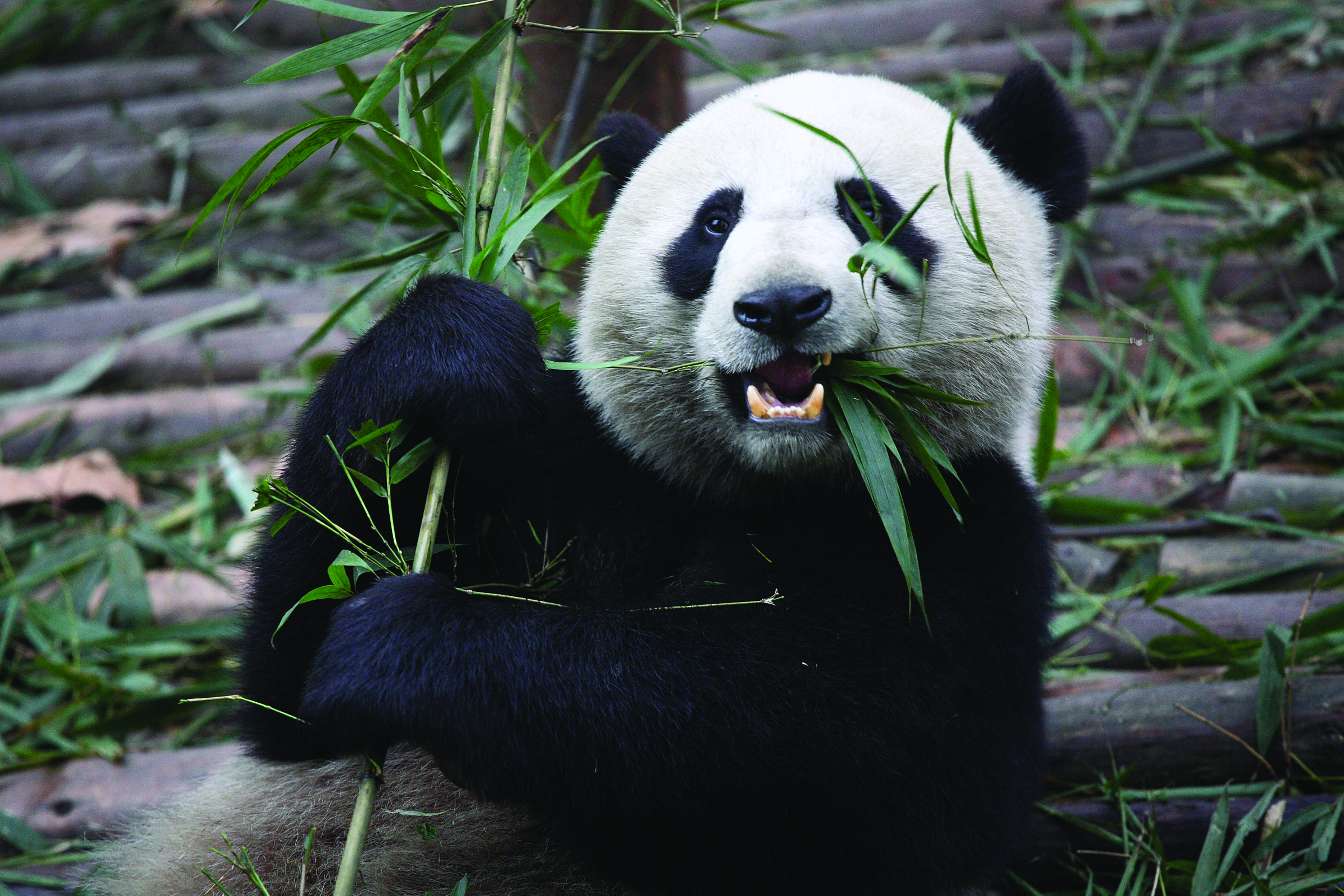
Giant pandas are large cuddly-looking animals. They have a heavy body, rounded ears, a big head and a short tail. Found in China, these pandas eat while sitting in an upright position holding food in their hands, just like humans.
Giant pandas survive almost entirely on bamboo, which is low in nutrition. Hence, they eat 12 to 38kgs of bamboo per day to get enough nourishment. But bamboo does not digest properly in their stomachs and passes undigested. To digest as much as possible, pandas sit upright and eat for more than 12 hours a day. Sitting upright helps them use their front paws to hold their food comfortably.
Their front paws have five clawed fingers and an extra bone that works like a thumb. Pandas use this bone and their fingers to grasp their food.
As they spend most of their time eating, sitting upright leaves their front paws free to pick and trim leaves.
Giant pandas begin climbing trees when they are 7 months old.

